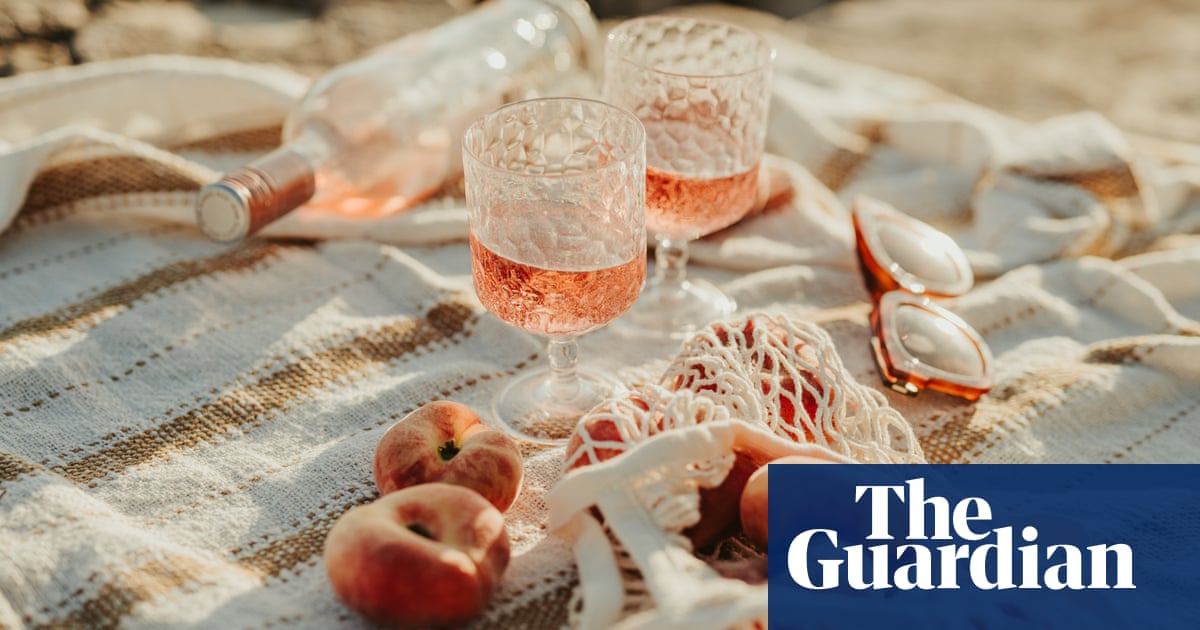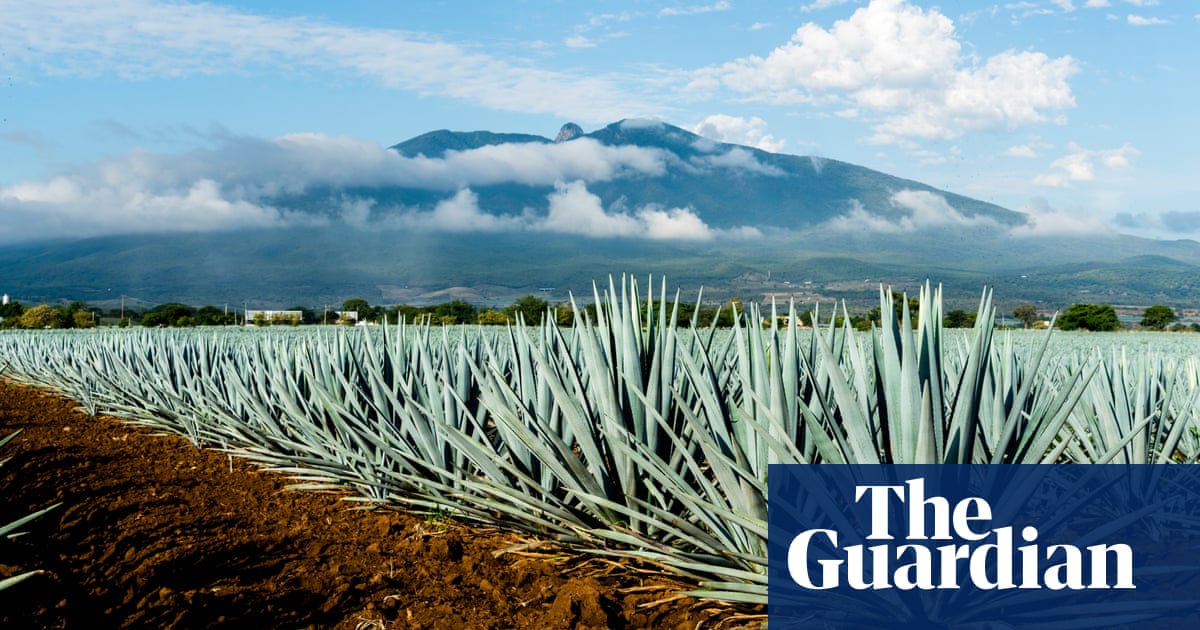
If you’re someone who thinks that beaujolais starts and finishes over the third weekend in November, you might want to reconsider. The region has more to offer than bright, bubble-gummy nouveau, fun though that is, and has a surprising range of styles; the only constant is the grape it’s made from, namely gamay.
For a start, not all beaujolais is light, although the current 2021 vintage is markedly lighter and fresher than the 2020, which is still around. Which you go for will be partly a question of taste and partly what you’re eating: a 2020 would be a good choice for the Christmas turkey, say, while a ’21 would be better with Boxing Day leftovers.
Then there are the different terroirs. Most beaujolais comes from granitic soils, but some, including those in Morgon’s Côte du Py, are grown on schist-like blue stone that gives them more structure. Even within the same cru, there are individual vineyards, or lieu-dits as they’re known, in which the soil or exposure to the sun may be different. Higher vineyards also tend to result in more finely textured and elegant wines than those from the flat, while beaujolais made from old vines will be more concentrated.
All that said, fleurie, as the name suggests, is generally more floral and lighter, moulin-à-vent elegant with a capacity to age, and morgon more full-bodied and the kind of wine to drink with a robust stew rather than a sandwich. Beaujolais is particularly good in wine sauces, too.
The other factor to take into account is the winemaker’s own take on what beaujolais should be like. If they favour freshness, they’ll pick early to keep the alcohol content down – many estates harvested in August this year and age their wines in stainless-steel, concrete or big old casks, rather than small oak barrels. There’s also a significant natural winemaking contingent who don’t fine or filter their wine, and who use indigenous or wild yeasts, resulting in slightly cloudier and, sometimes, funkier wines.
Of course, all these variations are true of other wine regions, too, but because beaujolais tends to be seen in such a simplistic way, it’s worth making the point that, even if you don’t think it’s for you, there may well be a style that is. You can also adjust it to your taste by the temperature at which you serve it. “Village” bojo is often served chilled, but you should serve the crus slightly warmer.
The other great plus is value for money: beaujolais generally scores over burgundy – especially at The Wine Society, whose prices, while always competitive, are significantly lower, as you can see below.
Five beaujolais that are not nouveau
Maison Loron Beaujolais 2020 £8.99 (or £7.99 on mix-six) Majestic, 14%. Ripe, cheery, cherry-flavoured beaujolais at a very decent price.
Sainsbury’s Taste the Difference Beaujolais Villages Côteaux Granitiques 2020 £10, 13%. Really attractive, own-label beaujolais, highlighting the region’s granitic soils. Well worth buying when on a 25%-off deal.
Jean-Paul Brun Beaujolais L’Ancien Les Terres Dorées 2021 £12.50 The Wine Society, £17.45 Noble Grape, 12.5%. A wine from the south of the region that’s made from old vines, but in the lighter 2021 vintage. Fine, elegant, almost pinot-ish.
Jean-Marc Burgaud Morgon Côte du Py 2020 £14.95 The Wine Society, £21.99 Hay Wines, 13%. A rich, powerful beaujolais to tuck away for at least a couple of years. A good match for turkey, mind you.
Guy Breton Beaujolais Villages Cuvée Marylou 2021 £24.50 Little Shop & Pantry, Bristol, £24.95 Swig, 12%. Delicate, ethereal beaujolais from one of the region’s top natural winemakers, Guy Breton. Just scrummy.
For more by Fiona Beckett, go to fionabeckett.substack.com












